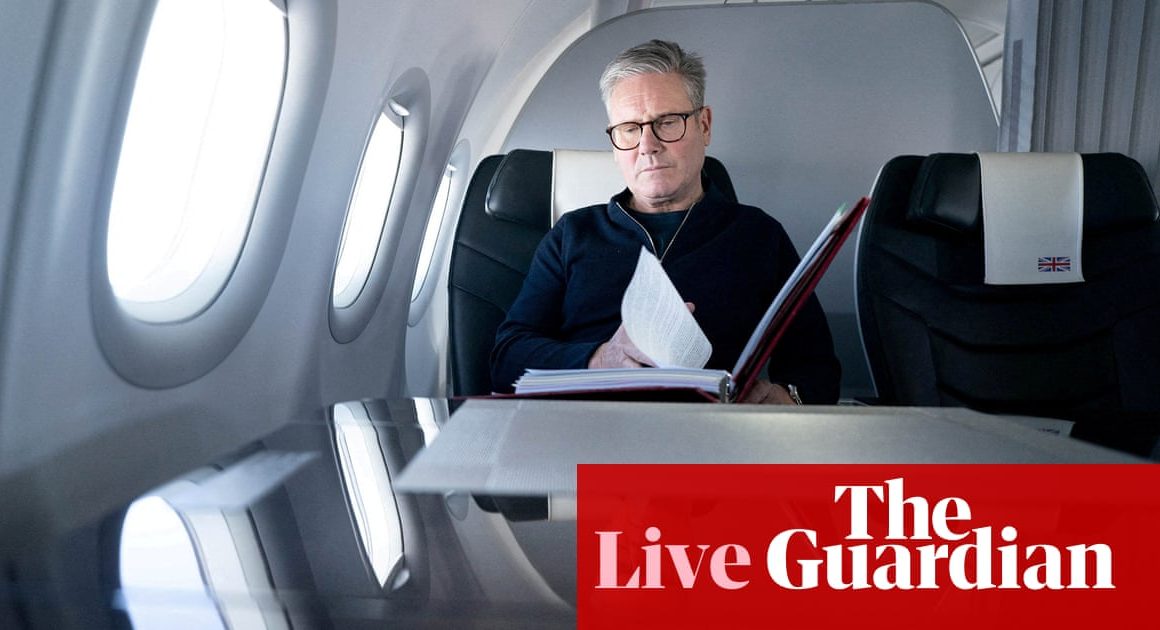Nearly two weeks after its surprise incursion into Russia, Ukraine finds itself struggling to find a balance between seizing territory across the border in Kursk and losing it at the heart of the eastern front in central Donetsk.
On Friday, Ukraine’s commander-in-chief, Oleksandr Syrskyi, claimed advances were being made of up to two miles a day inside Russia, but Moscow’s forces have gained about three miles this month as the Kremlin bets heavily on capturing the hub of Pokrovsk.
In the minds of many Ukrainians, the two struggles are related and the ultimate result uncertain. Russia had been expected to shift significant forces from the east to defend Kursk. But Hanna Shelest, a senior fellow with the Centre for European Policy Analysis, said that while the daring Ukrainian attack had “gone better than expected”, the reality was that “Russia has not probably moved enough forces from the eastern flank as had been hoped”.
On Thursday, the Institute for the Study of War, a US thinktank, said it believed that only “select elements of Russian irregular units” were being redeployed to Kursk – and that the Kremlin was likely to be “extremely averse to pulling Russian military units engaged in combat” near a priority sector like Pokrovsk.
Russia’s foreign ministry accused Ukraine on Friday of using US-made Himars rockets to blow up a strategic bridge north of Glushkovo in Kursk, seven miles north of the international border – a move that could lead to the cutting-off of a chunk of Russian territory along the frontline to the village’s south-west.
In Pokrovsk, meanwhile, officials have stepped up civilian evacuations. Serhiy Dobryak, head of the city military administration, warned that Russian forces had “almost approached” the city and that alarm about its future was growing.
Until a year ago, Pokrovsk was considered safe enough to act as a regional base where journalists and aid workers could stay overnight. Its road and rail connections link the central city of Dnipro with Kramatorsk and Sloviansk. Capturing it would in effect cut the part of Donetsk oblast still in Ukrainian hands in two.
On Friday evening, President Volodymyr Zelenskiy also linked the battles. The incursion into Kursk, he explained, was “about destroying the logistics of the Russian army and draining their reserves”. Syrskyi, he added, had briefed him “on our defensive steps in the Donbas” including those in Pokrovsk “as well as our advance in the Kursk region”.
Although Ukrainian soldiers in the country’s north-eastern Sumy region are happy enough with the early success across the border in Kursk, it is not hard to find doubters of the overall strategy. Oleksii, a member of the infantry, is one, though he does not want his unit or call sign identified.
“We should defend what we have. Attacking Kursk takes good soldiers away from Pokrovsk – and if it does divert some Russian troops, it only moves the problem of their numbers from one place to another,” he said, before adding a characteristically Ukrainian formulation: “My mother always told me: stand your ground.”
There are persistent rumours that Col Emil Ishkulov, the popular commander of Ukraine’s 80th brigade, now among those involved in the incursion into Kursk, was removed from his position at the end of July because he was opposed to the incursion into Russia – unsure his unit had the strength for the task. At the time, soldiers from the unit issued an unsuccessful public appeal for him to be reinstated.
Estonia, whose intelligence officials are some of the best analysts of Russian intentions, said on Friday there was no sign that Moscow had yet amassed enough forces for a full counterattack in Kursk and that its response was still ill-coordinated – reflecting, perhaps, a prioritisation of Donbas.
“There are no indications yet that the Russian armed forces have enough forces and areas to deploy such significant actions [a counterattack],” said Lt Col Mattias Puusepp, deputy chief of staff of the Estonian defence forces. “Actions taken are of a defensive nature – that is, they set up defensive lines, move units.”
On Saturday, however, there was one grim sign of Russian reprisal. A ballistic missile exploded in central Sumy, the Ukrainian city nearest to the cross-border incursion – the first time the city itself had been hit for nearly a week. Dramatic footage of a fire and burnt-out cars appeared on social media, and at two civilians were injured, according to local officials.
after newsletter promotion
Sumy, which has a population of about 250,000, has remained busy and lively in the summer heat, though the noise of explosions from Russian glide bombs in the distance stepped up over last week. Its hospitals, though, have been filling up with frontline casualties, and an appeals for blood donations went out to help treat wounded soldiers a week ago. It took an hour for the need to be met.
The city has also received about 4,000 people fleeing the agricultural villages in the area towards the border in the north, many of whom plan to rent apartments.
In the border zone, six miles from the boundary, meanwhile, only a tiny handful of civilians and little functioning infrastructure remain. One shop with smashed windows was still selling groceries, but most places were boarded up. An aid agency, Global Empowerment Mission, supplies nearly 26,000 food rations every month because market supplies are absent, visiting frontline villages every week to distribute to the remaining population.
A few Ukrainians, however, insist on remaining, such as Valentyna Mykolaiivna, a pensioner from Yunakivka, who says she would not be willing to move out and live with one of her three daughters: “I’m just too old, I can’t start over. I don’t want to leave what I have.”
Valentyna showed the Observer around her home. It is a lot to give up: a substantial brick house, with a goose and chickens in the yard, and ripe sweetcorn, beetroot, apples and more growing in a field at the back where goats are tethered. It has been too dangerous to go to church, she says, but it is calm when we visit.
The risk to her is real, however, though the 62-year-old is emphatic that Ukraine’s military has done the right thing. “It is a good idea – they pushed them back. Let them stay where they are. Why do they want to come here? Don’t they have enough land?” she asks.
Later, she bends down and, from the Ukrainian earth, plucks a large watermelon to hand over as a gift.











